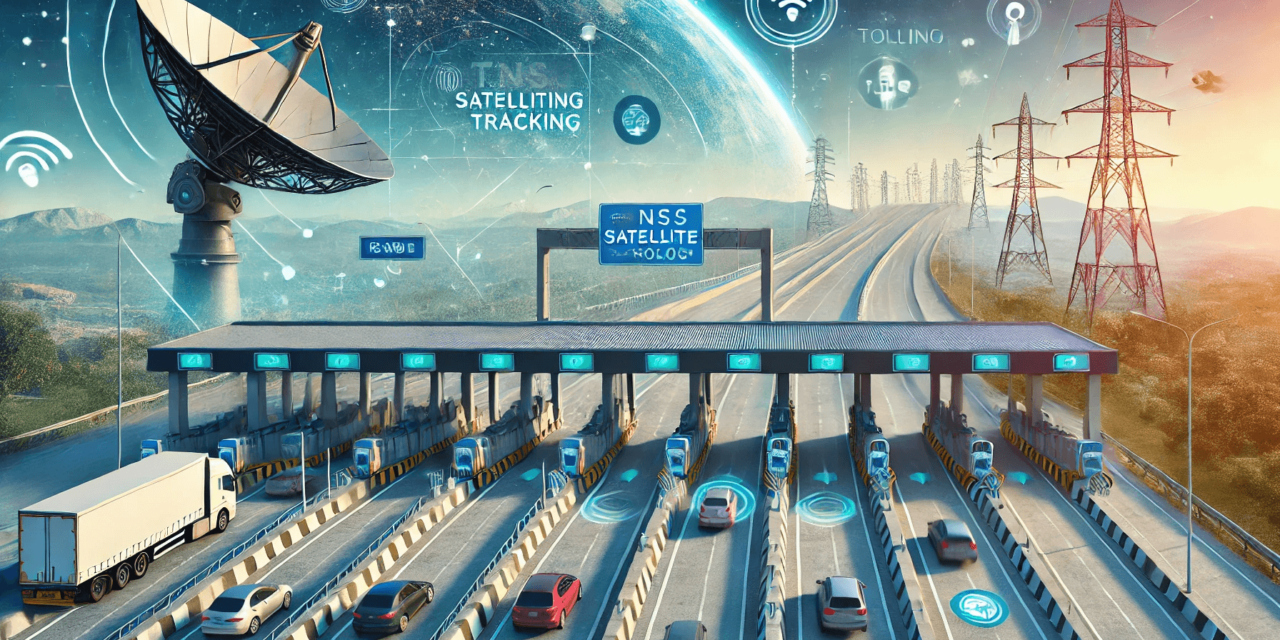WHAT IS FASTAG?
FASTag is a simple, RFID-based system introduced to reduce waiting time at toll plazas. It allows drivers to pay tolls electronically by sticking a tag on their vehicle’s windshield, which gets scanned as they pass through toll booths. FASTag has been a game-changer in making toll payments more efficient, saving time, fuel, and reducing cash transactions.
WHAT IS GNSS?
GNSS, or Global Navigation Satellite System, is a more advanced toll collection method that uses satellite positioning to track the movement of vehicles. It eliminates the need for physical toll plazas altogether. Tolls are calculated based on the distance traveled on toll roads, and the charges are deducted automatically from the driver’s account.
WHY IS INDIA MOVING TOWARDS GNSS?
While FASTag has greatly improved the toll collection process, it still has some limitations. The Indian government is eyeing GNSS as a more efficient, future-ready solution. Here are a few reasons why GNSS is being implemented:
- NO TOLL PLAZAS NEEDED: GNSS eliminates the need for physical toll plazas, reducing traffic congestion at these locations.
- DISTANCE-BASED CHARGING: With GNSS, drivers pay only for the distance they travel on toll roads, making it a fairer system.
- SEAMLESS TRAVEL: Unlike FASTag, where the tag must be scanned at toll gates, GNSS ensures a completely barrier-free experience, making travel smoother and quicker.
MERITS OF FASTAG
- SIMPLE AND COST-EFFECTIVE: FASTag is relatively cheap to implement and has already been deployed across most of India’s toll booths.
- SAVES TIME: It reduces waiting times at toll plazas by eliminating manual cash payments.
- REDUCED FUEL CONSUMPTION: Since vehicles don’t need to stop for long periods at toll booths, fuel consumption is reduced, contributing to environmental benefits.
DEMERITS OF FASTAG
- TOLL PLAZA BOTTLENECKS: Even with FASTag, vehicles often slow down at toll plazas, causing minor traffic jams.
- TECHNICAL GLITCHES: Malfunctioning tags, non-functioning scanners, or low balance in the FASTag account can create delays.
- ONE-TIME USE AT TOLL POINTS: The system requires the physical presence of toll booths for scanning, limiting flexibility.
MERITS OF GNSS
- NO STOPPING, NO DELAYS: Since GNSS works via satellite, there is no need to stop or slow down for toll booths. It provides a seamless driving experience.
- PAY-PER-KILOMETER: GNSS allows for distance-based tolling, meaning you pay for the exact kilometers you drive on toll roads. It’s a more equitable system, especially for long-distance travelers.
- NO PHYSICAL INFRASTRUCTURE: Unlike FASTag, which requires toll plazas and RFID readers, GNSS requires no physical infrastructure, making it easier to implement on a larger scale.
- NATIONWIDE UNIFORMITY: GNSS can unify toll collection across the country, regardless of road ownership (state or national highways), reducing complexity for drivers.
DEMERITS OF GNSS
- HIGH IMPLEMENTATION COSTS: GNSS requires the installation of satellite systems and onboard units (OBUs) in vehicles, which can be expensive.
- DATA PRIVACY CONCERNS: Since GNSS tracks the location of vehicles in real time, it raises concerns about data security and privacy.
- INITIAL ADOPTION HURDLES: Implementing GNSS would require a transition phase, during which both FASTag and GNSS may need to operate together, leading to temporary confusion.
FASTAG VS. GNSS: A SIDE-BY-SIDE COMPARISON
| FEATURE | FASTAG | GNSS |
| PAYMENT METHOD | RFID-based, toll plazas | Satellite-based, no toll plazas |
| TRAVEL EXPERIENCE | Slows down at toll booths | Seamless, no stopping |
| IMPLEMENTATION COST | Lower initial setup | Higher initial setup |
| CHARGING MODEL | Fixed toll rates | Distance-based charging |
| DATA PRIVACY | Minimal tracking | Continuous vehicle tracking |
THE ROAD AHEAD: IS GNSS THE FUTURE?
With its ability to streamline toll collection, improve traffic flow, and ensure fair payment based on distance traveled, GNSS certainly seems like the future of toll systems in India. However, its implementation will come with its own set of challenges—high costs, privacy concerns, and the need for widespread adoption.
For now, FASTag has done a remarkable job of reducing congestion at toll plazas and bringing India’s highways into the digital age. But as technology advances and traffic on the roads increases, the switch to GNSS might be inevitable.
India’s move towards GNSS reflects the government’s broader vision of creating smarter, more efficient infrastructure. It promises to make long drives smoother, quicker, and less stressful, but like any new system, it will take time to perfect.
FINAL THOUGHTS
As GNSS prepares to replace FASTag in the coming years, it’s clear that India’s road infrastructure is on the verge of a technological leap. Both systems have their strengths and weaknesses, but the shift towards satellite-based tolling could mark a significant improvement in how we navigate the country’s toll roads.
The next time you’re cruising down an Indian highway, remember that the future of tolls is being written in the skies above you, and it’s all about making your journey smoother and smarter.
In conclusion, whether FASTag or GNSS, India is heading towards smarter roads. The choice depends on balancing current convenience with future innovation.










